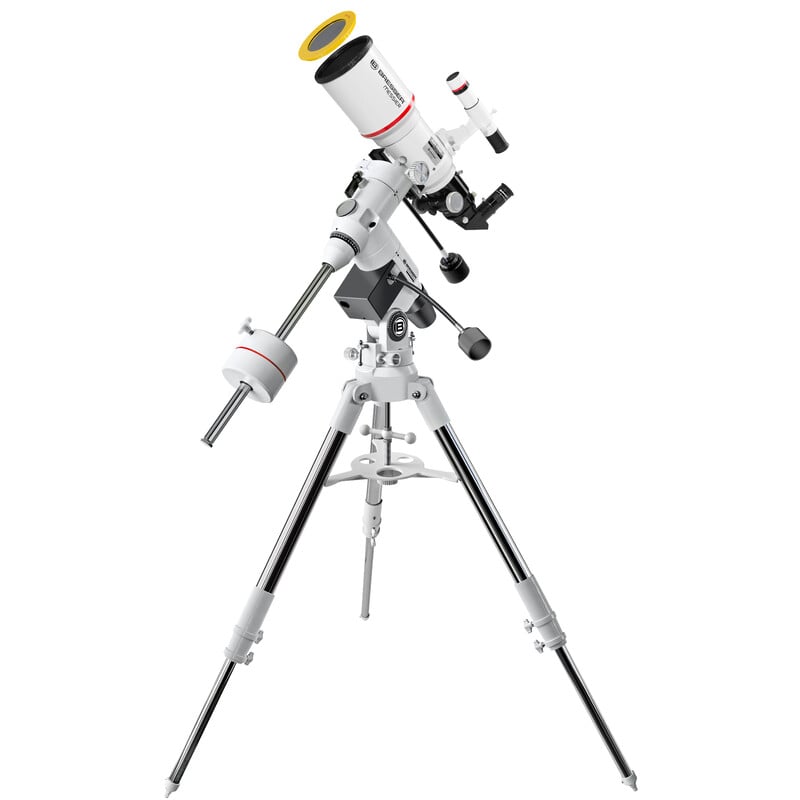Astronomy can be a magical and educational experience for children. Stargazing awakens curiosity and inspires young minds to think about the world around them and the endless possibilities of the universe. Astronomy for children provides an excellent way to introduce natural sciences in a playful, yet informative way.
A simple way to engage children in astronomy is by using a stargazer. You don't need an expensive telescope to explore the basic elements of astronomy. Basic binoculars or even with the naked eye, children can see the moon, constellations and planets such as Jupiter and Venus.
Various apps and star charts can also help pique children's interest. These tools allow them to easily identify objects in the night sky and even provide real-time information about stars and planets.
Astronomy is an excellent way for children to learn more about scientific concepts such as gravity, Earth's rotation, and how our planet fits into the solar system. It can also increase their understanding of larger questions, such as: What is beyond our solar system? How does the universe work?
There are also numerous books and online resources aimed specifically at children that guide them through the fascinating world of astronomy. Many museums and planetariums offer interactive exhibits and workshops where children can actively learn.
The night sky is full of wonder and mystery, and by engaging children in astronomy at an early age, we can spark their curiosity and inspire them to become future explorers.
How do you introduce your child to astronomy?
Let your child watch YouTube videos about our universe and the stars. YouTube's algorithm will then recommend more such videos. In addition, we have a books section on our website. Check it out here.







